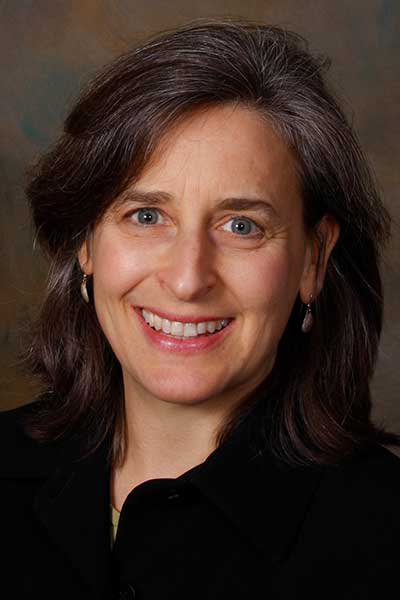How to use steroids in children with systemic lupus erythematous (SLE) has been an open question for decades. It’s not a question of effectiveness — that has been clear since the Nobel Prize in Physiology and Medicine was awarded for the therapeutic use of glucocorticoids in 1950. The arguments, sometimes heated, focus on timing, dosing, and stopping steroids.

“If there are 10 rheumatologists in a room, there are probably 12 different opinions on how to dose and taper steroids,” said Hermine I. Brunner, MD, MSc, MBA, Professor of Pediatrics and Director of Rheumatology at Cincinnati Children’s Hospital. “When I talk to my fellows, I always tell them that use of steroids is the best-kept secret in rheumatology. In pediatric rheumatology, it is even worse because our patients come in all different sizes.”
Dr. Brunner will focus on the need for continuing corticosteroids in pediatric lupus during the Great Debate: Corticosteroids in Pediatric SLE: Slay or Stay on Monday, October 27, from 1–2 p.m. in Room W471B of McCormick Place. Emily von Scheven, MD, MAS, Chief of Pediatric Rheumatology and Director of the Child and Adolescent Comprehensive Lupus Program for Improved Health at the University of California, San Francisco, Benioff Children’s Hospital, will make the case for tapering and discontinuing steroids in pediatric lupus.

“We have this truly potent medication that has saved lives but has a lot of side effects,” Dr. von Scheven said. “When lupus affects the kidneys, which is common in kids, it can lead to kidney failure, and then patients need dialysis and a kidney transplant. Corticosteroids can change the whole trajectory of a child’s life in a significant fashion; however, the toxicity associated with chronic exposure to steroids is not to be underappreciated. It is imperative that we not overuse them.”
The debate comes down to balancing benefits and risks to the individual child and their family, Dr. Brunner said. The biggest problem with steroids in childhood-onset lupus is that basic and translational research to derive an individualized dose is lacking. There is significant pressure from clinical guidelines and peer practice to follow one-size-fits-all dosing recommendations. But one dose does not fit all, most especially children who vary widely in age, weight, severity of disease, inflammation status, organ involvement, and more.
“One dose may appease those who want clarity, but 5 mg isn’t the right dose just because the average person does well on 5 mg,” she said. “Pharmacodynamics differ vastly between patients and disease states. What do we do for the kid who has multiorgan involvement with rash and a bleeding scalp? If you were on the patient end, you’d say, ‘I want more medication so I can sleep and the skin on the side of my head doesn’t rub off at night.’ Before we used steroids, one in two children died in less than three years from lupus.”
Steroids have been life-savers for children with lupus, Dr. von Scheven agreed, but steroids are no longer the only approach. New agents have changed the risk-benefit balance.
“If we use combination therapy, we might be able to use less steroids from the beginning and taper faster, even stop steroids completely in some kids,” she said. “We are really afraid of lupus flares, and when we are afraid, we sometimes don’t try to taper. We all need to be making decisions that are not based on emotion or fear, but grounded in evidence. We are at a moment in time, with the emergence of new therapeutics, where we can talk about tapering steroids to lower doses or even stopping them. We should carefully consider both the benefits and the toxicity in addition to individual factors that will allow us to truly practice precision medicine.”
On-demand access to recorded presentations will be available to registered participants of ACR Convergence following the annual meeting through October 31, 2026.
Don’t Miss a Session

If you can’t make it to a live session during ACR Convergence 2025, make plans to watch the replay. All registered participants receive on-demand access to scientific sessions after the meeting through October 31, 2026.
